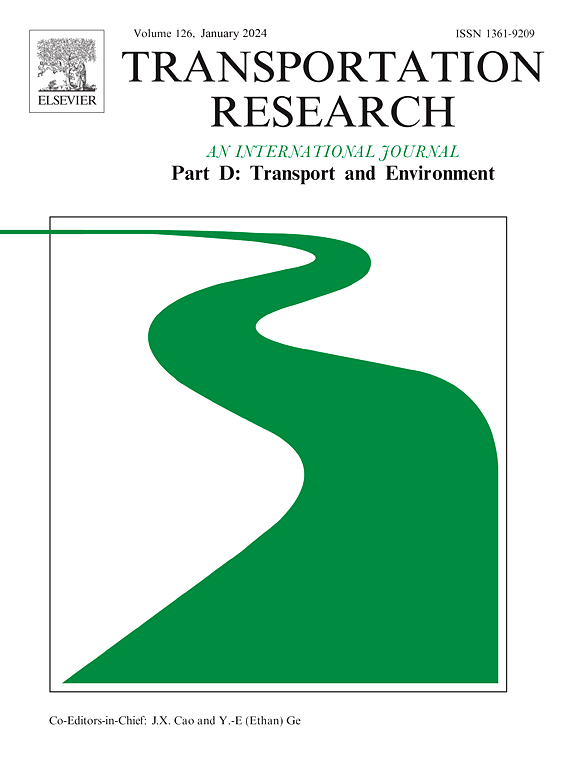Can pedestrianization trigger gentrification? Analysis of Barcelona’s sociodemographic changes following pedestrianization schemes
IF 7.3
1区 工程技术
Q1 ENVIRONMENTAL STUDIES
Transportation Research Part D-transport and Environment
Pub Date : 2025-04-01
DOI:10.1016/j.trd.2025.104718
引用次数: 0
Abstract
Pedestrianization has become a widespread practice in cities promoting active mobility to achieve environmental and social goals. Some voices have, however, raised concerns around potential gentrification effects. This research tries to determine if pedestrianizations in Barcelona from 2012 to 2020 have set off gentrification-like sociodemographic changes. Mapping pedestrianized streets and using longitudinal sociodemographic data, we isolate the effect of pedestrianization on sociodemographic change at a small scale through adjusted Difference-in-Differences and Mixed Models. Results show that pedestrianized areas have experienced a higher-than-expected increase in residents migrating from the Global North and highly educated, and a higher-than-expected decrease in older residents. These changes align with literature’s definition of gentrification, positioning pedestrianization schemes as relevant, though not singular, drivers of gentrification. This study advances existing literature by examining the role of pedestrianization in fueling population change and gentrification processes. It examines an understudied trigger of population change and addresses the inadvertent consequences of pedestrianization schemes while contributing to the debate on the social impacts of active mobility policies.
求助全文
约1分钟内获得全文
求助全文
来源期刊
CiteScore
14.40
自引率
9.20%
发文量
314
审稿时长
39 days
期刊介绍:
Transportation Research Part D: Transport and Environment focuses on original research exploring the environmental impacts of transportation, policy responses to these impacts, and their implications for transportation system design, planning, and management. The journal comprehensively covers the interaction between transportation and the environment, ranging from local effects on specific geographical areas to global implications such as natural resource depletion and atmospheric pollution.
We welcome research papers across all transportation modes, including maritime, air, and land transportation, assessing their environmental impacts broadly. Papers addressing both mobile aspects and transportation infrastructure are considered. The journal prioritizes empirical findings and policy responses of regulatory, planning, technical, or fiscal nature. Articles are policy-driven, accessible, and applicable to readers from diverse disciplines, emphasizing relevance and practicality. We encourage interdisciplinary submissions and welcome contributions from economically developing and advanced countries alike, reflecting our international orientation.

 求助内容:
求助内容: 应助结果提醒方式:
应助结果提醒方式:


